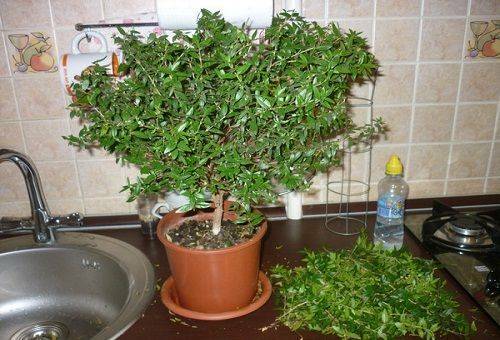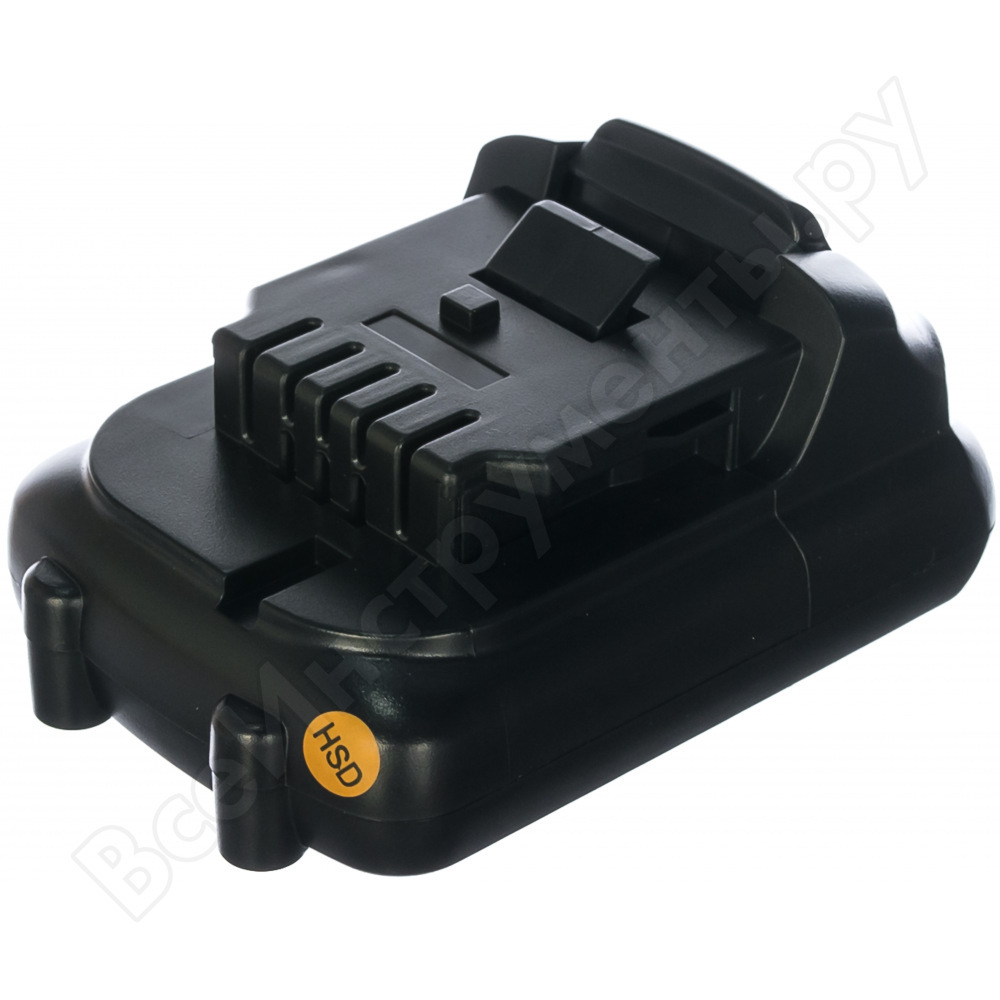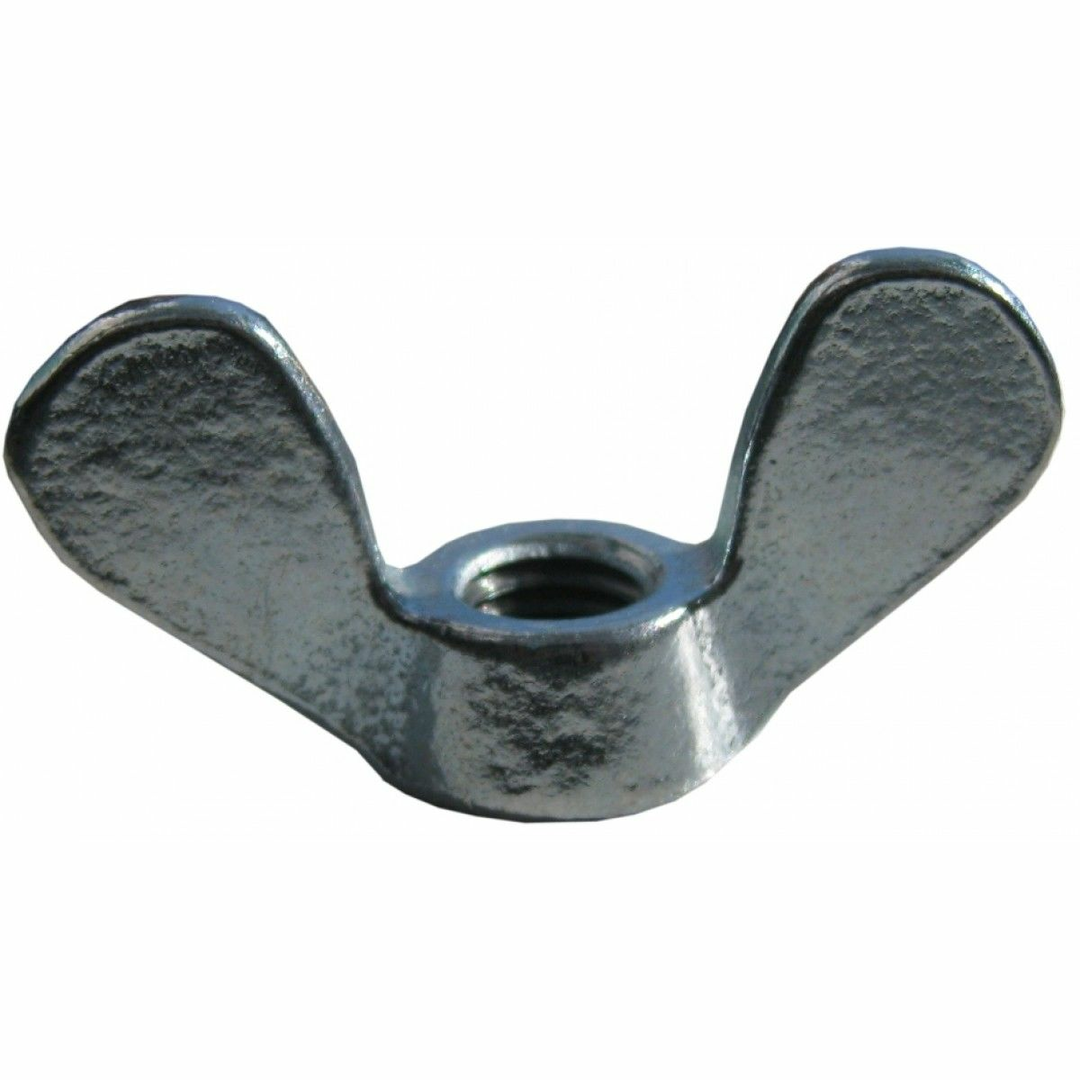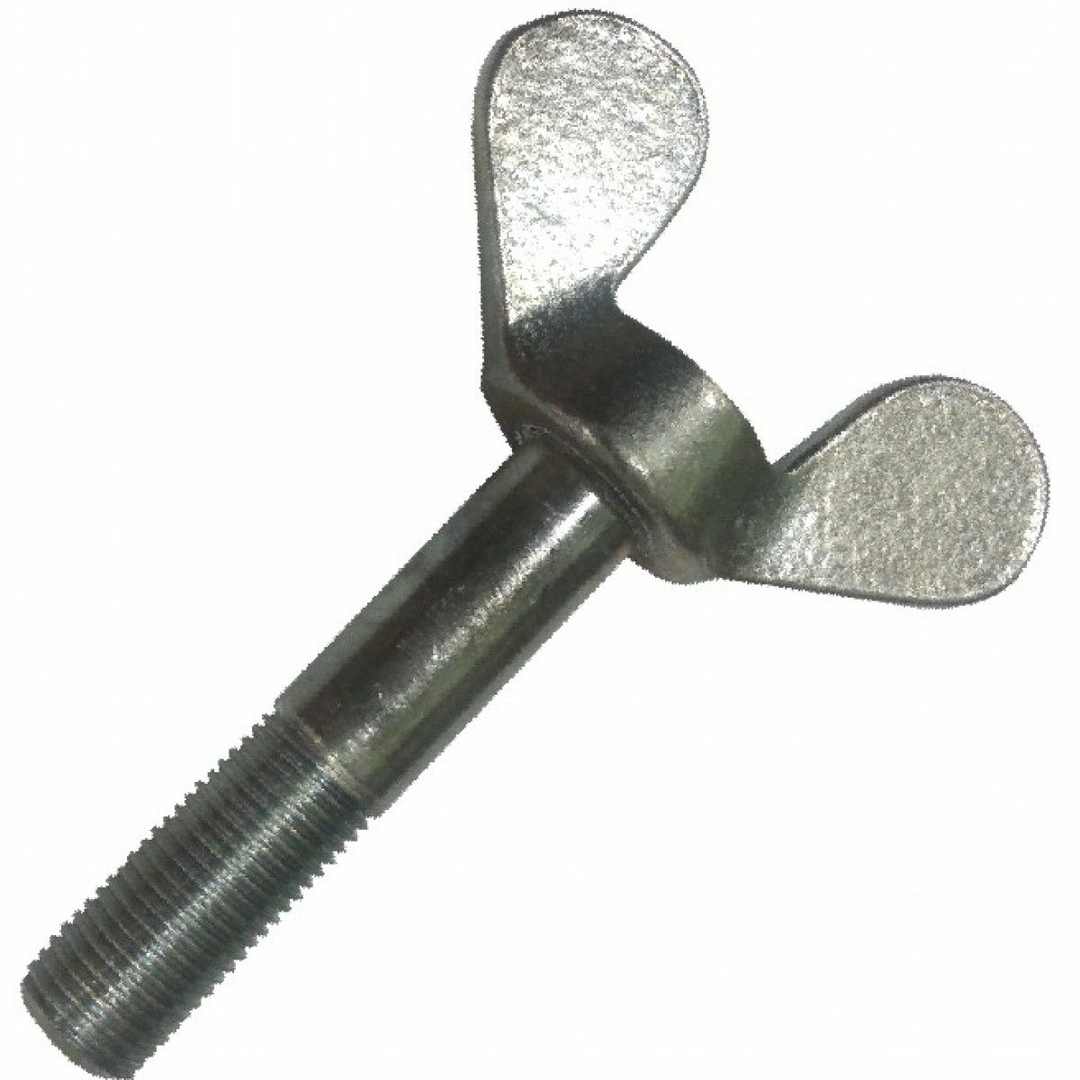Contents:
- Description of the plant and its use in everyday life
- Creating optimal conditions for shrubs or woods
- Features of plant care in summer and winter months
- Pruning, reproduction and transplantation of myrtle
The bright myrtle undoubtedly attracts attention with its decorative qualities, but not the lasthis turn is appreciated for its pleasant aroma and numerous healing properties. Caring for a myrtle at home, although it implies a certain specificity, even for beginners does not cause serious problems.

In some countries, the plant, wrapped in legends, is today given to brides as a sign of the wish for well-being in family life. Despite the variety of flower varieties, the most popular and popular is the myrtle common - unpretentious, affordable and attractive variety.
Description of the plant and its use in everyday life
Evergreen shrubs are small leaves of a juicy green color, slightly elongated. During flowering, the plant is covered with small flowers of white or pink hue. These elements contain the maximum concentration of such valuable essential oils. Myrtle ordinary fruiting dark blue berries.
In addition to the fact that the green plantation is very attractive externally, it is also used as a room for the following reasons:
- Myrtle leaves excrete into the atmosphere phytoncides that help purify it from bacteria and viruses.
- The microclimate created by the flower, helps to strengthen immunity, increase stress resistance and work capacity.
- Correctly harvested myrtle leaves are used for making infusions. They are actively used in home cosmetology for skin care.
- For some, plant cultivation is associated with the subsequent collection and drying of fruits. The ground elements are used as a flavoring spice.
It is worth considering that myrtle will serve noble purposes only if it provides quality care. The barely living plant, which does not even have the strength to blossom, will not do any good.

Creating optimal conditions for shrubs or woods
Providing complete care is impossible without creating optimal conditions. It should be remembered that a native of the subtropics prefers light, heat and high humidity, so the quality watering and the correct location of the pot comes to the fore.
- The optimal place for myrtle will be the windowsills of the southern windows. Growing a flower can be carried out in any part of the house, but for the flowering period it should be located where the most sunlight.
- The plant gratefully accepts fresh air and is practically not susceptible to drafts. It can be safely placed in the kitchen and in other rooms, which are regularly ventilated. The abundance of fresh air will only stimulate the production of phytoncides and active purification of the atmosphere.
- Watering and spraying is carried out only with soft, settled water. Melt liquid should be used only with increased lime content in it. Spraying is preferably carried out daily. Watering the myrtle regularly, it reacts negatively even to short-term drying of the soil. It is better, if watering is frequent and not very abundant, stagnation of liquid in a pallet can not be tolerated.
Tip: If myrtle leaves dry and turn yellow, this indicates a lack of moisture. It is not necessary at the same time to water abundantly the suffering plant, it is better to place it directly in a pot in a container of water, until the earth's clod is moistened. After this, it is necessary to arrange the pot so that the excess liquid of the glass on the pallet.
- Special attention should be paid to soil mixture, it is desirable to maximize it to the natural composition for myrtle. For this, it is necessary to take two parts of sand and humus and three parts of turf and peat soil. The plant does not get along well with greenhouse land or ready-mixed ground mixtures.
- From time to time, the flower needs to be fed with complex fertilizers for indoor plantings.
Maintenance of myrtle in winter and summer has its own specifics. If you take it into account, you can count on long-term maintenance of the bush's health and its unfading appeal.
Features of plant care in the summer and winter months
Spring, summer and autumn are the times for moderate temperatures, it is recommended to keep the room at 20-24ºC, day and night. The location of the pot should be well lit, but the leaves must be pritenit. After the establishment of stably warm days, the plant should be transferred to a balcony, a loggia or a veranda. If the bush grows in the room, then it will have to be ventilated regularly. In addition, we try to regularly water the flower in accordance with its requests and feed not more than once a week.

Tip: Approximately every two years, the myrtle needs to be transplanted, it's best done in the spring. At the same time, the image of the bush is also carried out.
In winter, the flower should be at rest. Watering is limited to a minimum, but we make sure that the soil does not dry out. The optimal variant is the moistening of the substrate about once a week. Spraying at this time can be undone. In addition, we moisten the bush only if it is in a very warm room. Top dressing continues to be administered, but not more than once every 4-5 weeks. It is highly undesirable that in winter the temperature in the place where the flower is kept rises above 8-10 ° C.Warmer conditions can lead to the fact that all leaves fall from the bush, but this is not critical, in the spring everything will recover.
Trimming, reproduction and transplantation of myrtle
Correct and regular pruning of myrtle allows to obtain the plant of the desired shape. It is not recommended to remove leaves too often and actively, this may interfere with the formation of flower buds. The trunk of the green plantation is not distinguished for its high strength, so it is better not to touch the side shoots much. The undercutting should be combined with the intensified feeding of a bush or a tree.

Propagation of myrtle at home is done according to one of the following methods:
- Cutting. Allows you to save the mother signs. To conduct better in the middle of summer, when the temperature of the soil rises to 25 ° C.To do this, cuttings with a length of about 7 cm are cut from the lateral shoot, the lower leaves are removed, the sections are processed. Cuttings are planted in a mixture of peat and sand, cover with glass or film. After 2-3 weeks, rooting takes place, allowing seedlings to be planted.
- Seeds. Quite a long and troublesome process, which does not allow preserving specific features in their vivid form. Manipulation is carried out in early spring. Seeds are planted in a sand-peat mixture, which is sprinkled with soil. We construct a hothouse made of glass or film, provide diffuse light and a temperature of at least 21 ° C.In a couple of weeks there will be shoots. Seating is held only after the formation of four strong leaves.

The transplantation of a young plant is carried out every two years, while gradually increasing the pot volume. Adult trees and shrubs need similar care not more than once every 3-4 years. The procedure is best in winter. To do this, stop watering a few days before the stressful treatment. Then gently pull out the plant, holding it by the barrel. You can use a stimulant to activate plant growth. The bottom of the pot is lined with expanded clay and drainage, we lay a layer of earth. We put the plant, sprinkle it with the remains of the soil and compact it. We water the plant until the water begins to flow into the pan, remove the excess liquid and transfer the pot to the shade.
We recommend reading the article: storage of cannes in winter



